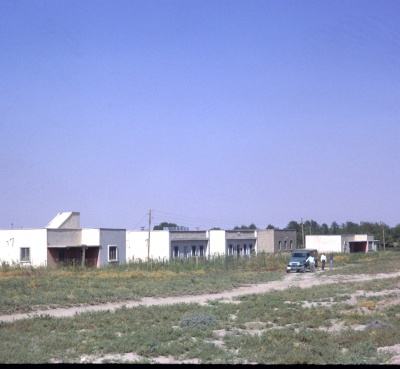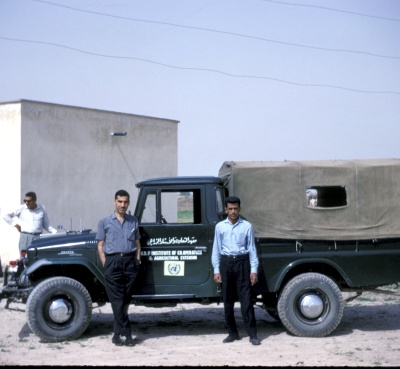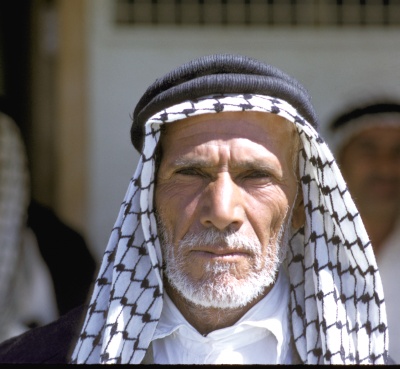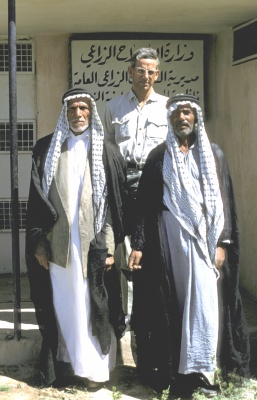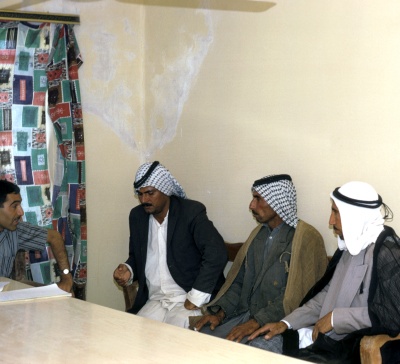The Institute for Cooperation and Agricultural Extension of the Ministry of Agriculture and Agrarian Reform, Baghdad, Iraq, is a training institute for staff of the ministry. This staff is assigned to work in the Agrarian Reform Areas of Iraq assisting the newly established agrarian reform cooperative societies in cooperative and farming activities. Most of the farmer settlers before joining an Agrarian Reform Scheme were either farm laborers or nomad farmers with only experience of livestock raising.
During April- September 1968 a socio–economic survey was conducted in the Baghdad province among the 53 cooperatives established in the Agrarian Reform Areas in this province. The aim of the survey was to establish a bench mark of the progress of these recently established cooperatives and to compile a format for annual surveys for co-operatives in the Agrarian Reform Areas of Iraq.
The survey covered information on cooperative and farming activities in the area of the forty societies, based on the situation one or two years after establishment. Cooperative activities included: tractor operations for land preparation; provision of agricultural supplies- seed, fertilizers and pest and disease control measures; cooperative marketing of wheat and cotton; cooperative consumer shops and cooperative farming activities.
During the survey it was learned that only 40 of the 53 cooperatives were already operational. It was therefore decided to include only data from these cooperative societies in the survey report. About 7.100 farm families had received a plot of 9.25 ha farm land (37 donum) in the area of the 40 cooperative societies or scheme. Each scheme is occupied by an average of about 180 farm families with a total farm area of
1 660 ha.
The mixed farming system in the area includes wheat and barley as winter crops and vegetables and cotton as summer crops. In addition farmers grow fruit trees and raise livestock. Water is essential for crop production in Iraq and in 33 of the societies water was obtained by pump from the Tigris River, while in seven societies it was obtained by flow. E.g. the intake of the river water in those cases was higher as the land and this allowed gravity water distribution. As schemes were recently established and the irrigation/drainage systems not completed, only part of the area was actually cropped during 1997/98. Yields were still below average country yields.
The present slide series covers the visit to the Tell Masood Cooperative Society.
Images taken included: chairman, board members and buildings.
References: A Report on the Agricultural Cooperative Societies in the Agrarian reform Areas of Baghdad Liwa 1966-1968 by Mawfak E Hadithi and C.E. van Santen
UNSF Institute of Cooperation and Agricultural Extension Baghdad 1968

